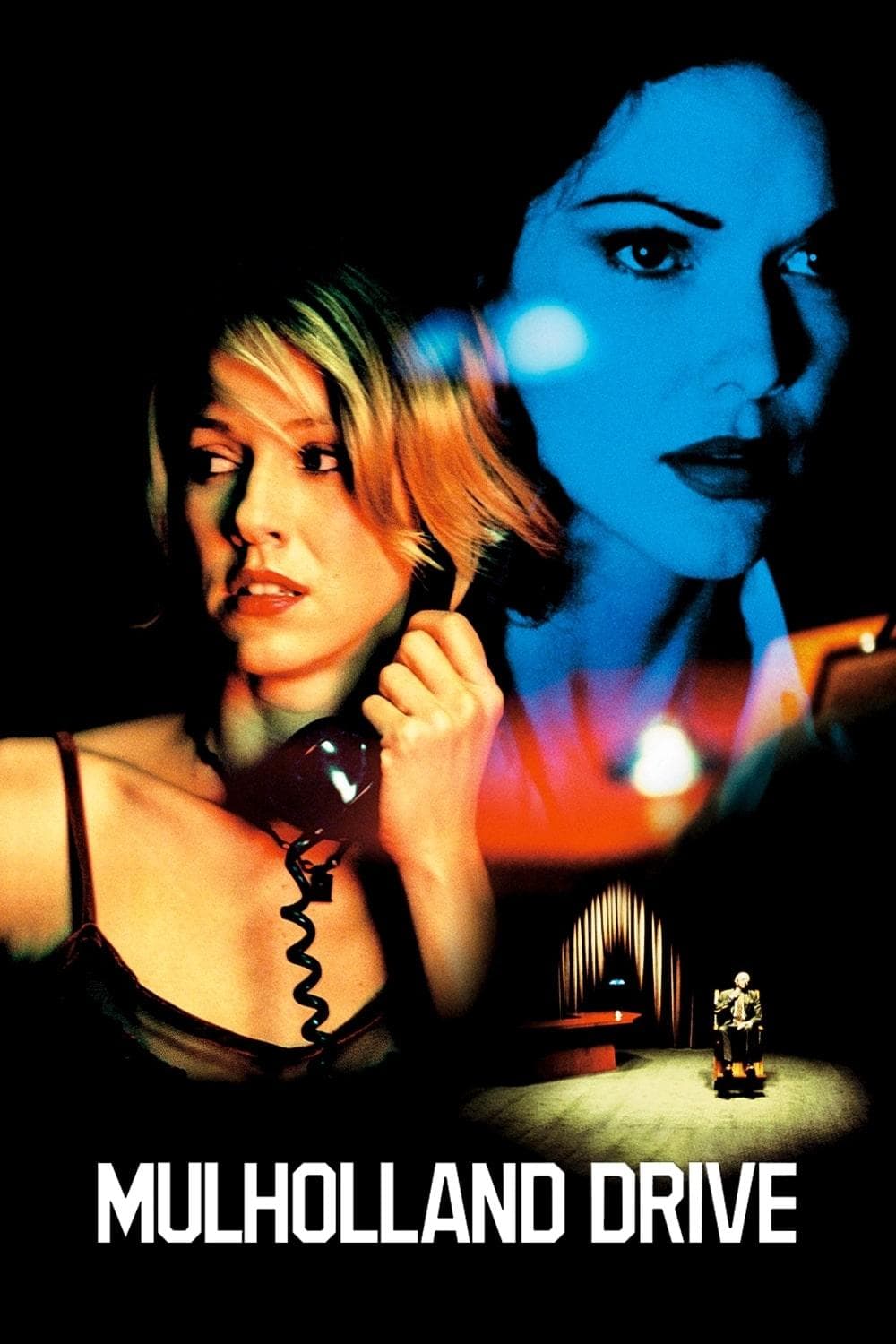
Mulholland Drive
2001
Rate this movie
Average: 5.00 / 5
(1 votes)
Director
A film that is simply disquieting, unsettling, offering no points of reference. A work that doesn't just confuse, but challenges the very perception of reality, inviting the viewer on an intimate and destabilizing journey. David Lynch, a postmodern demiurge who for decades has delved into the darkest recesses of the collective unconscious, perhaps creates his most beautiful film by continuously upending the sequential plane of reality and disrupting the chronological progression of a canonical thriller story. It is not merely an exercise in style, but a descent into the inferno of misplaced ambition and unrequited love, dressed in the glittering and corrupt raiment of the Hollywood "dream factory." The echo of noir masterpieces like Billy Wilder's Sunset Boulevard manifests itself in this narrative of shattered dreams, but Lynch elevates it to a surreal and dreamlike dimension, transforming social critique into a psychoanalytic exploration.
The genesis of the film, born from the ashes of an unaired television pilot, is itself a revealing anecdote: this "resurrection" perhaps infused the work with a fragmented, episodic structure that amplifies its enigmatic nature and layered depth. Rita has just had a tremendous car accident of which she is the sole survivor. She wanders through downtown Los Angeles in a state of semi-consciousness, suffering from an apparent amnesia that has erased her past. Her trauma is not just physical, but metaphysical, a tabula rasa onto which the narrative begins to imprint symbols and premonitions. She takes up residence at the home of Betty, a young woman who has just arrived in the city with a suitcase full of hopes and the mirage of cinematic success.
Betty takes her situation to heart until a kind of fusion begins to occur between the two women, an identity osmosis that transcends the Sapphic bond to touch deeper and more disturbing chords. The life of one flows into that of the other, between dream and reality, in a whirlwind of events that blurs the planes and suggests a relationship far beyond the contingent. This metamorphosis is the beating heart of the film, an exploration of the fluidity of identity and desire, where love, obsession, and disillusionment intertwine in a Gordian knot. Lynch effects a genuine detachment from the real plane through a gradual crumbling of the certainties that the narrative seems to offer the viewer, like a magician who reveals the trick only after having enchanted and disoriented the audience.
His mastery manifests itself in the use of a dreamlike logic, where archetypes and symbols assume a greater specific weight than concrete events. The mysterious blue key, the enigmatic box, the "Cowboy," the ancient creatures emerging from the darkness: each element is a piece of a mosaic that comes together not through linearity, but through emotional and subconscious assonances. The celebrated Club Silencio scene, with its presenter announcing that "it's all an illusion," is not only a moment of extraordinary beauty and unease, but a true metareflection on the film itself, a warning to the viewer about the performative and illusory nature of what they are observing.
Precisely this dimension of absolute uncertainty projects rationality into a kind of mental fog where deduction and inferences seem ineffective tools. The viewer is forced to abandon the anchors of classical narration to embrace a more visceral, almost sensory experience. It is a cinema that appeals not to logic, but to intuition, to latent emotion. Angelo Badalamenti's soundtrack, evocative and melancholic, envelops each scene in a veil of dream and premonition, while the cinematography, imbued with deep blues and vibrant reds, paints Los Angeles not as the angelic city, but as a nocturnal purgatory of unfulfilled desires.
The greatest mystification, then, is to learn that everything seen makes sense, every concept has its own place in the final taxonomy of the work. It is not random chaos, but a disorder organized by the pain, frustration, and desperation of a shattered soul. The final revelation is a punch to the gut, a violent tearing away of the veil of Maya that the film has skillfully woven. It is the abrupt awakening from a lucid nightmare, where the most recondite desires and deepest fears materialize before plummeting into raw reality. This transition, from dream to nightmare and finally to painful wakefulness, is what elevates Mulholland Drive from a mere puzzle to a profound meditation on the human psyche and the illusions we build to survive, and which then destroy us.
To be seen and re-seen, and to take notes on the infinite hermeneutic possibilities it offers with each viewing. Every passage, every gaze, every Lynchian silence is charged with new nuances, inviting a continuous dialogue with the work. It is a film that does not consume itself, but expands, reveals itself, changes form in memory, leaving an indelible imprint and the sensation of having touched the margins of madness and beauty in a single, dizzying cinematic embrace.
Countries
Gallery
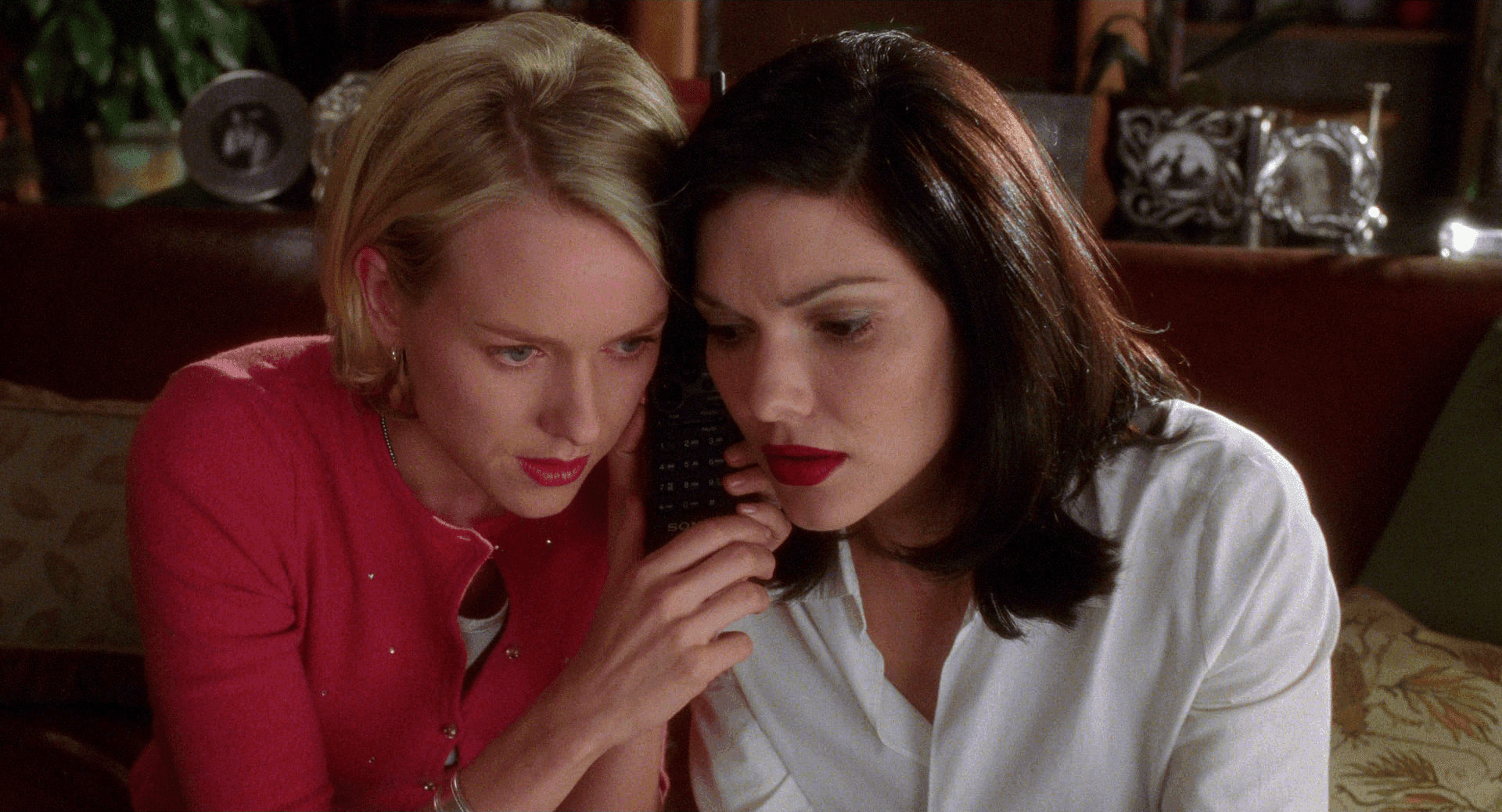

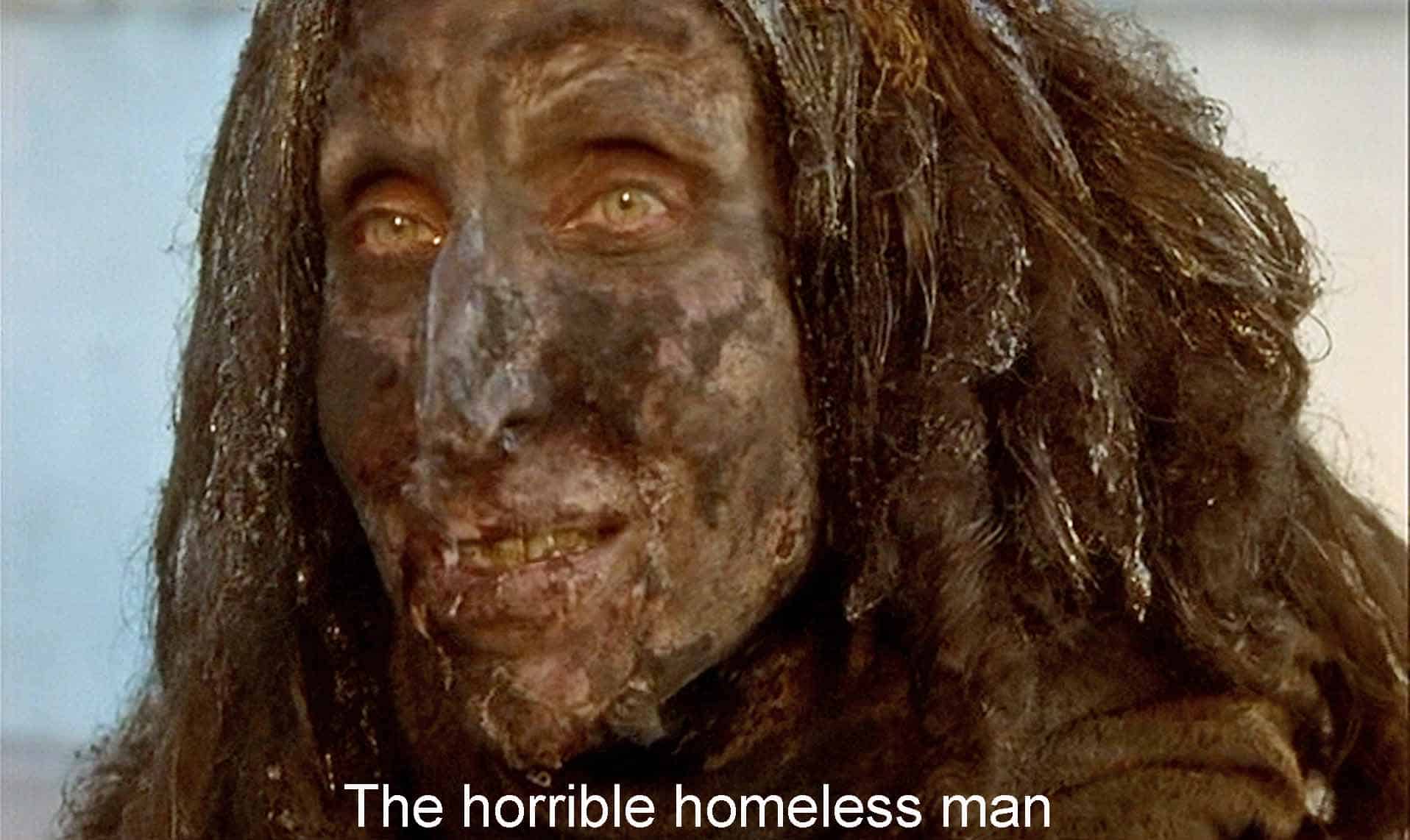
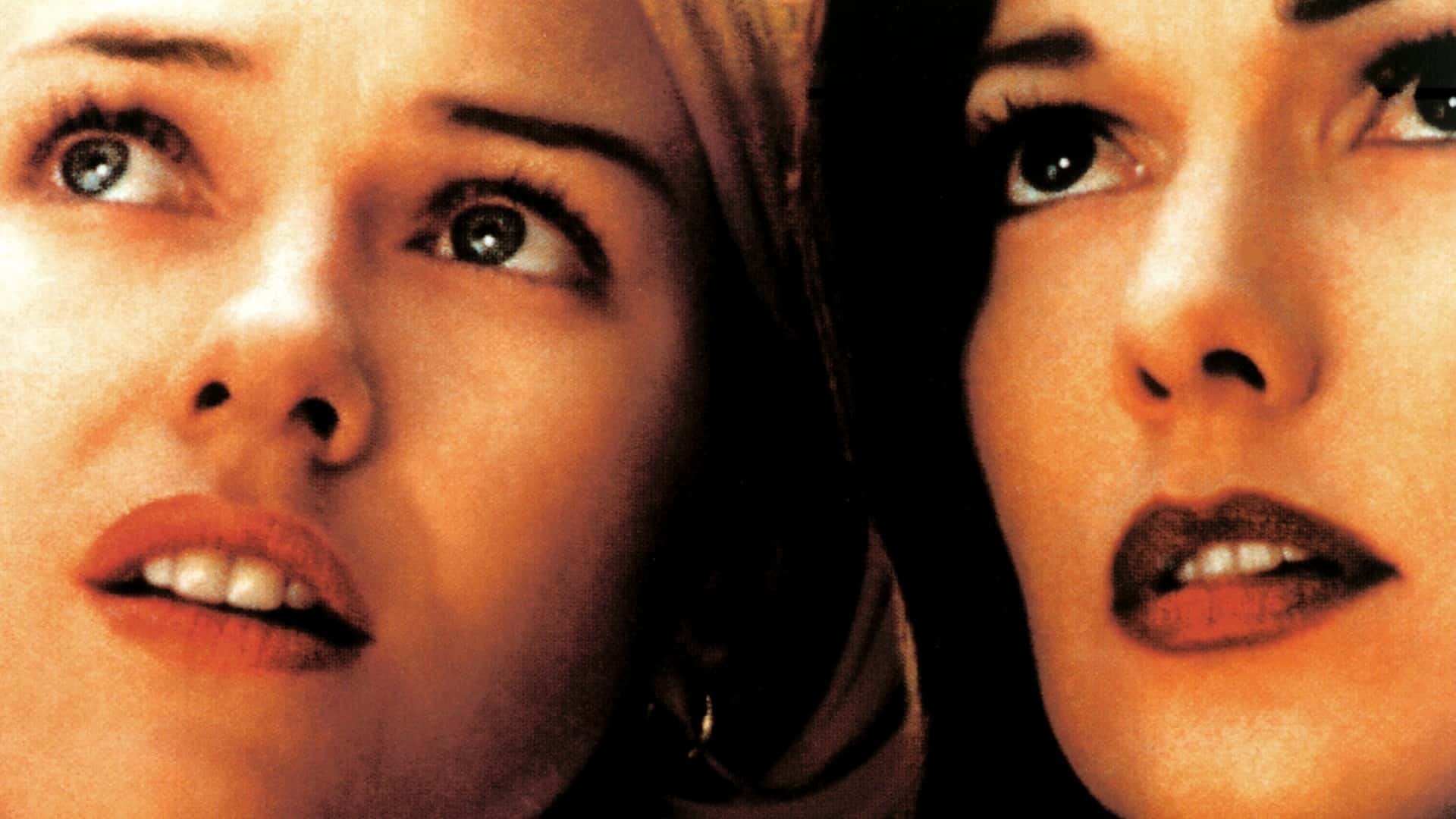
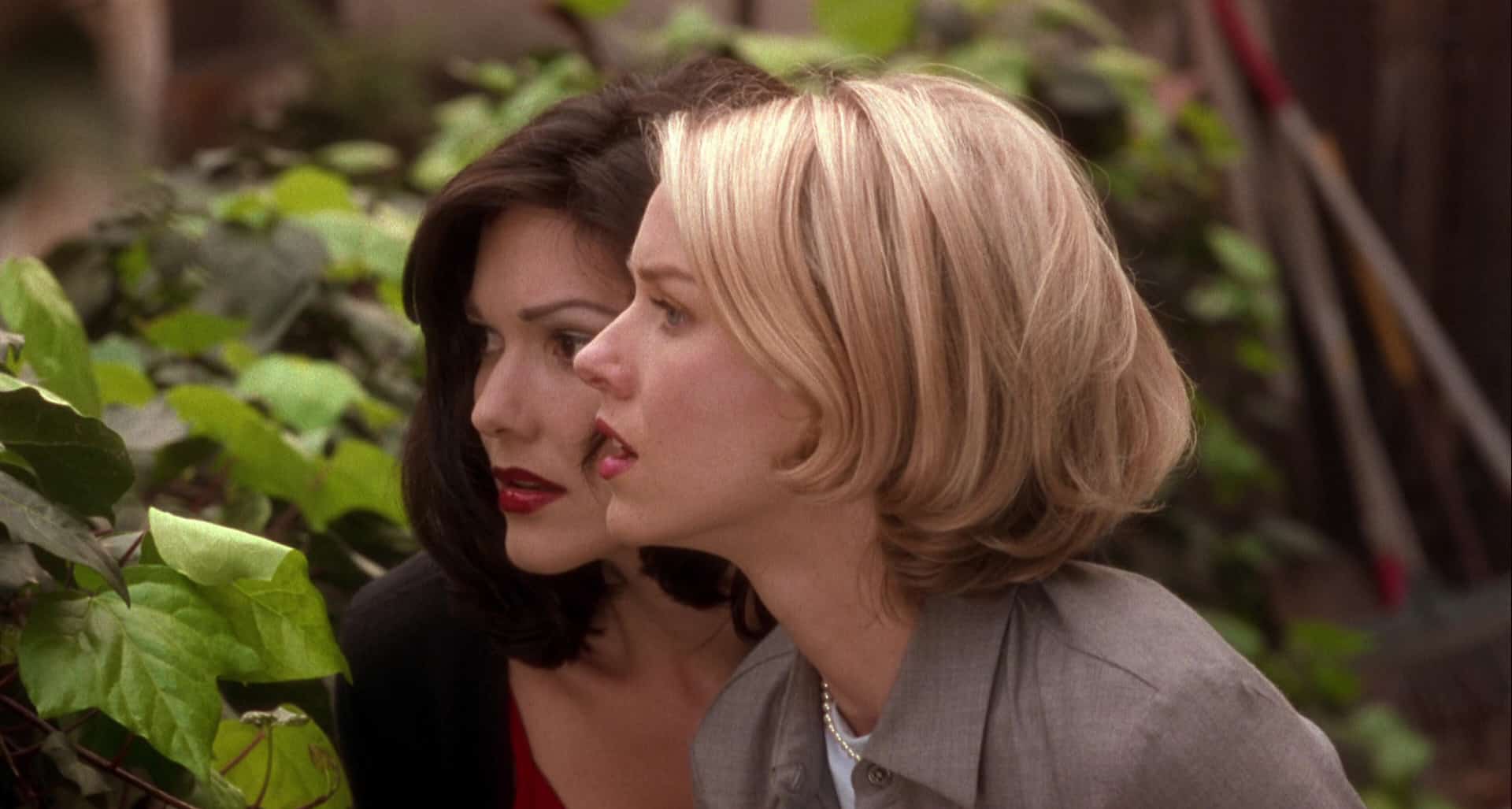

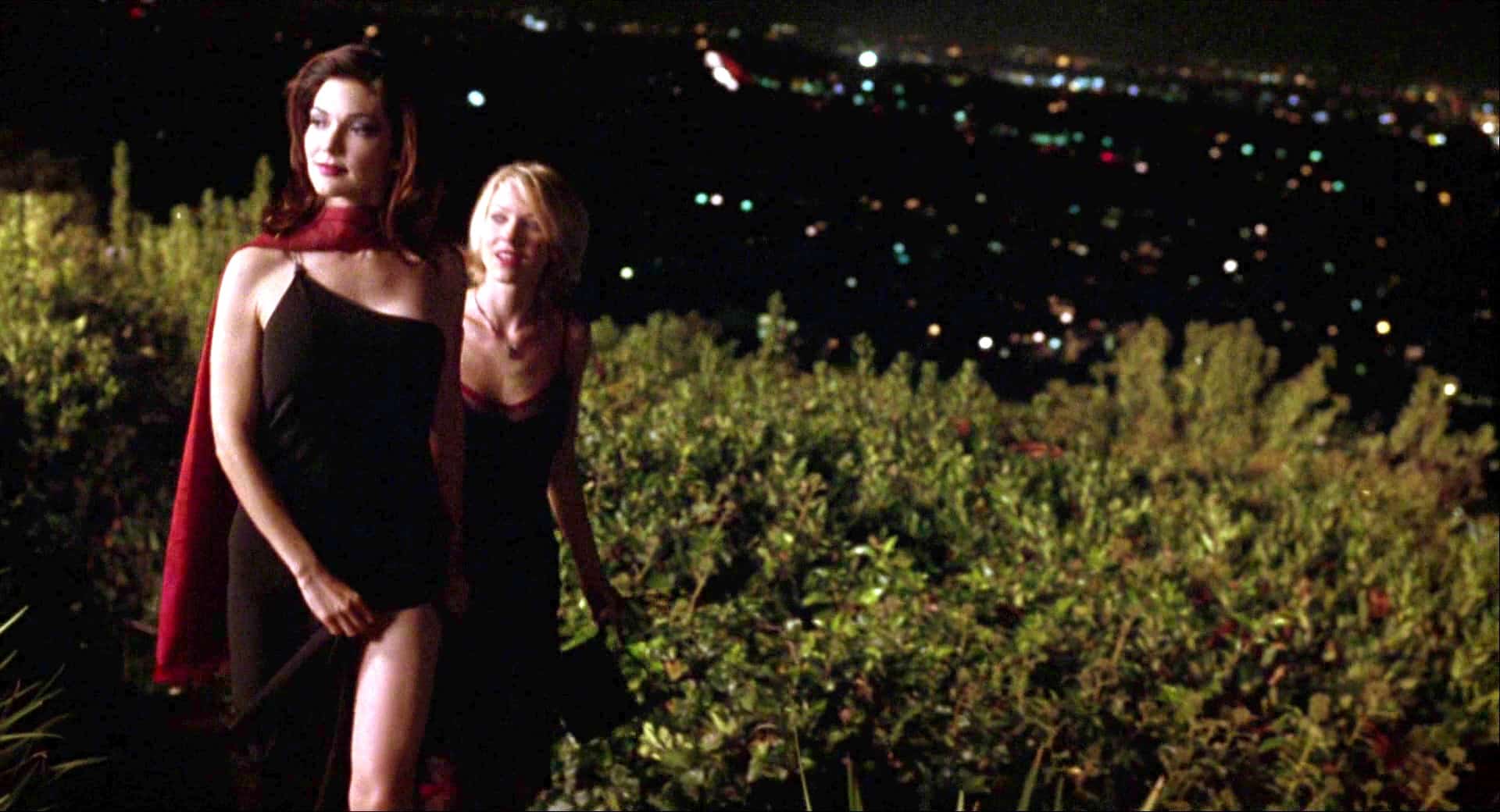
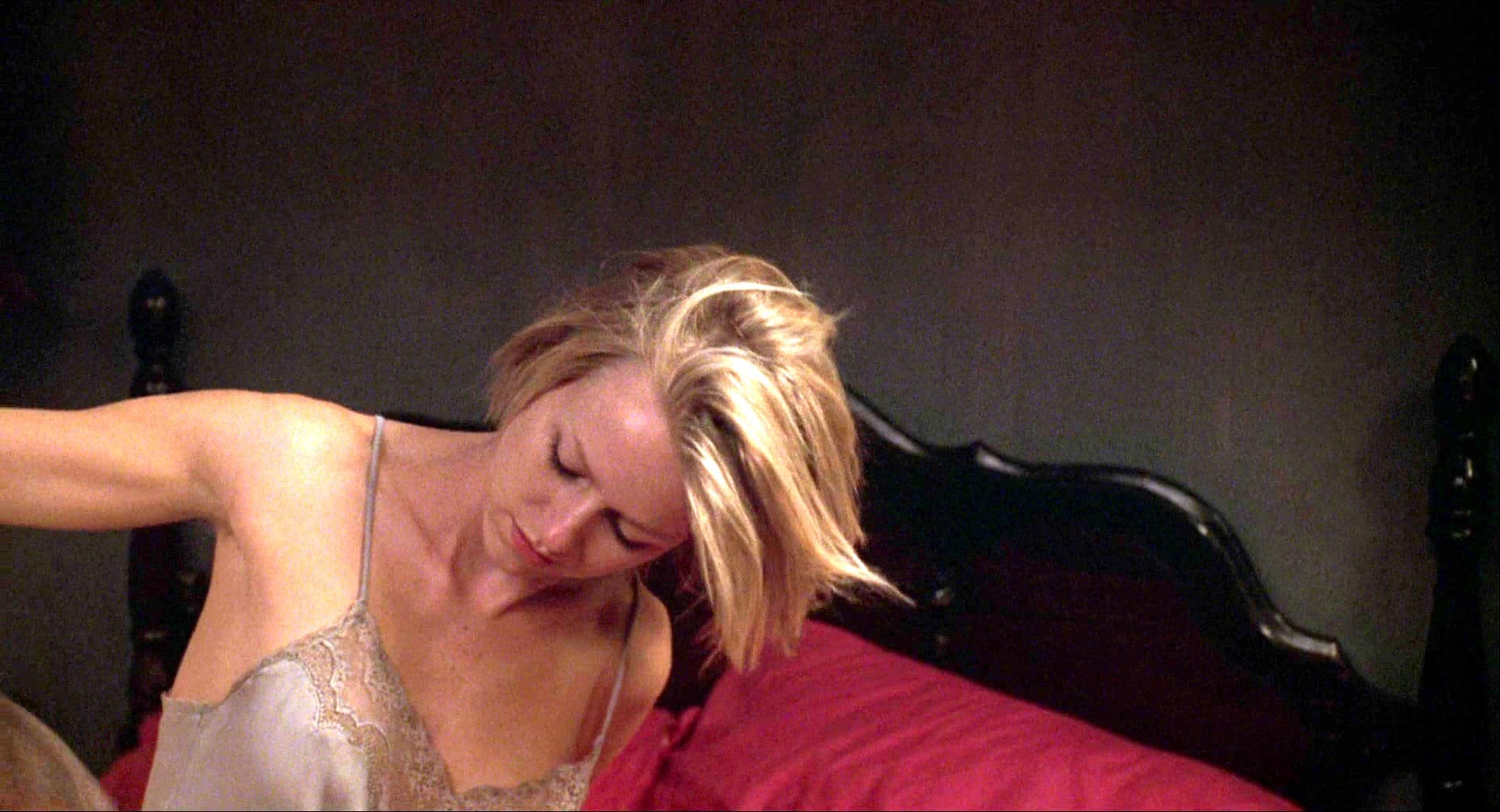
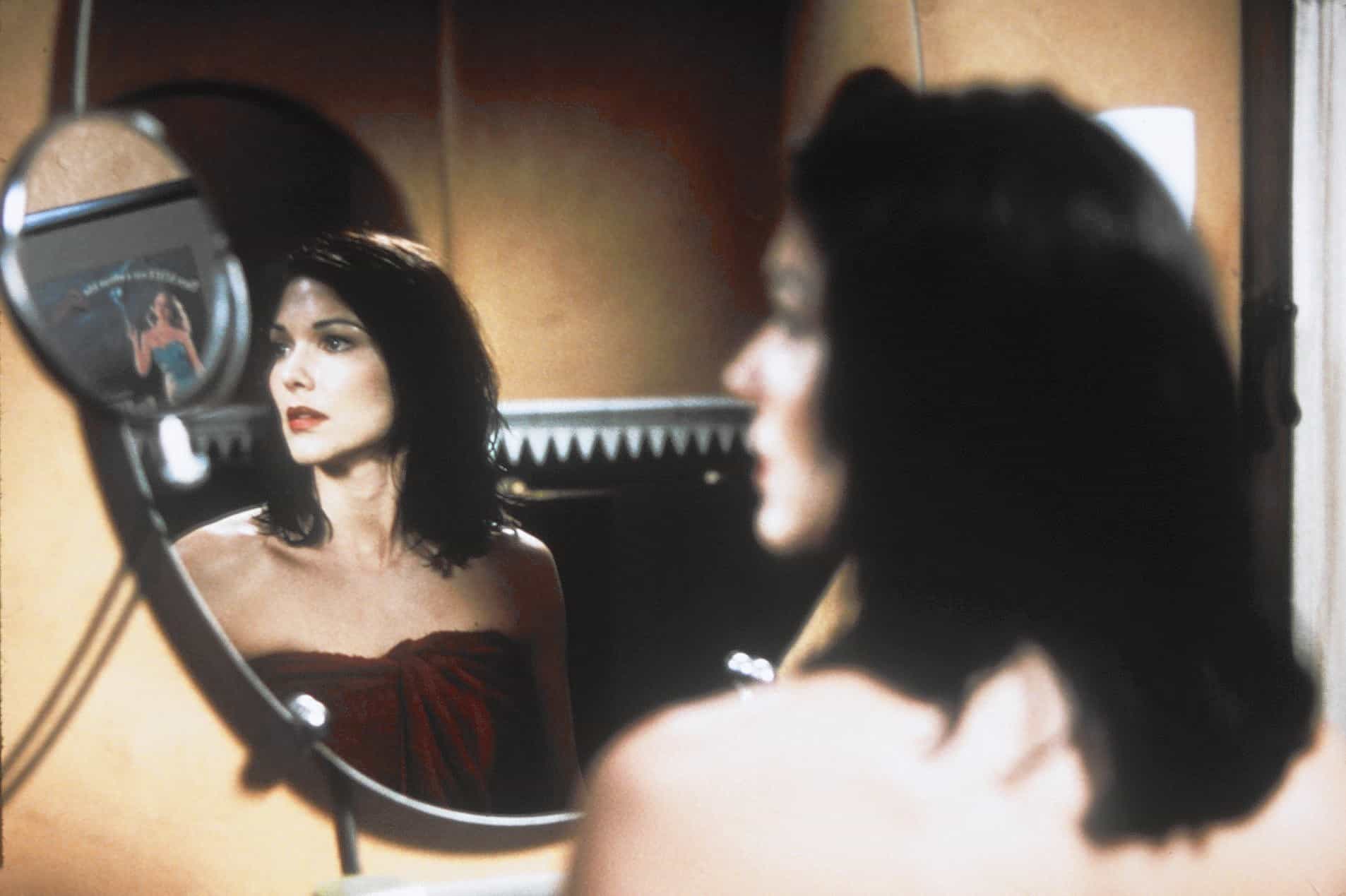


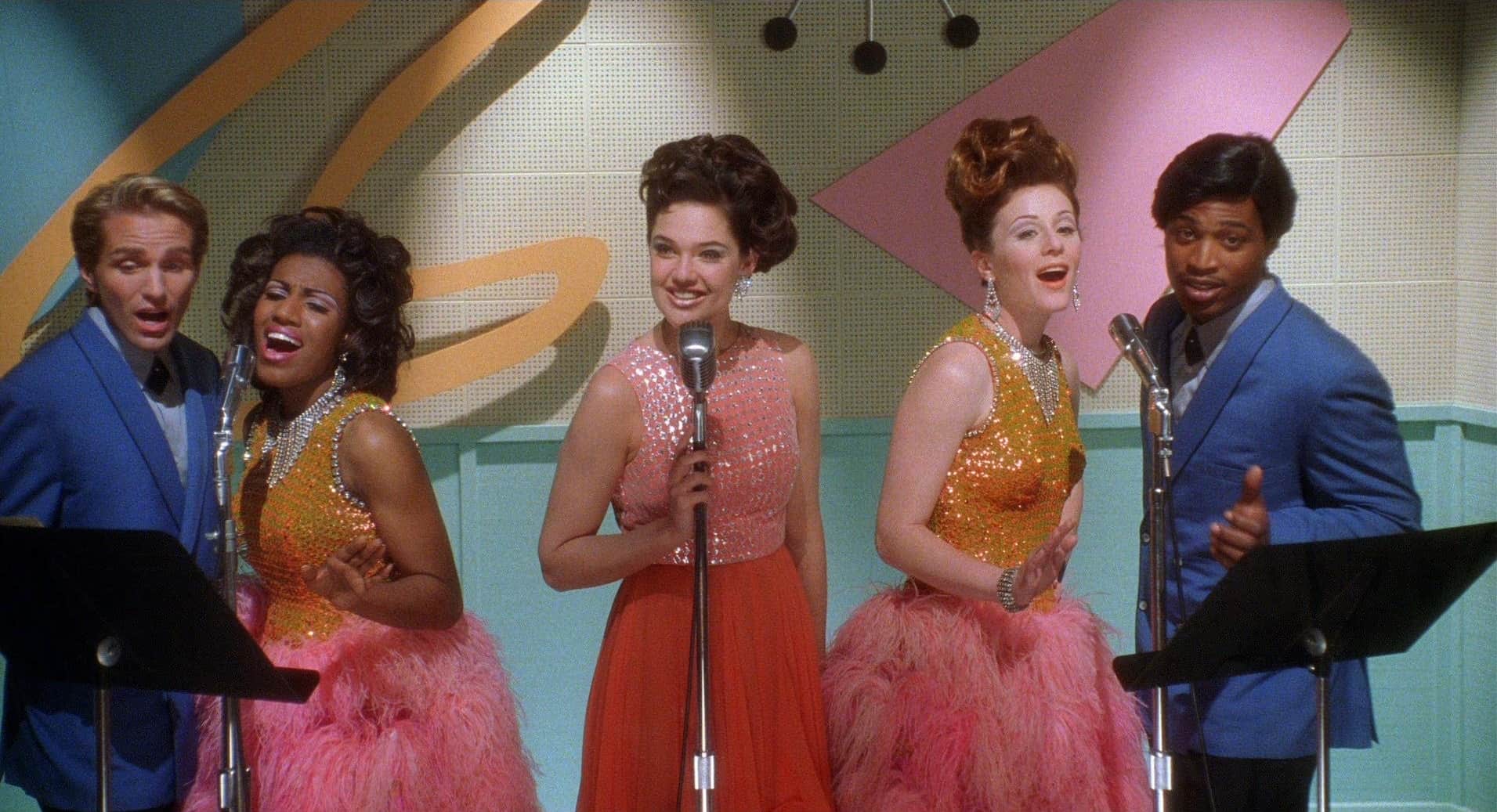
Comments
Loading comments...